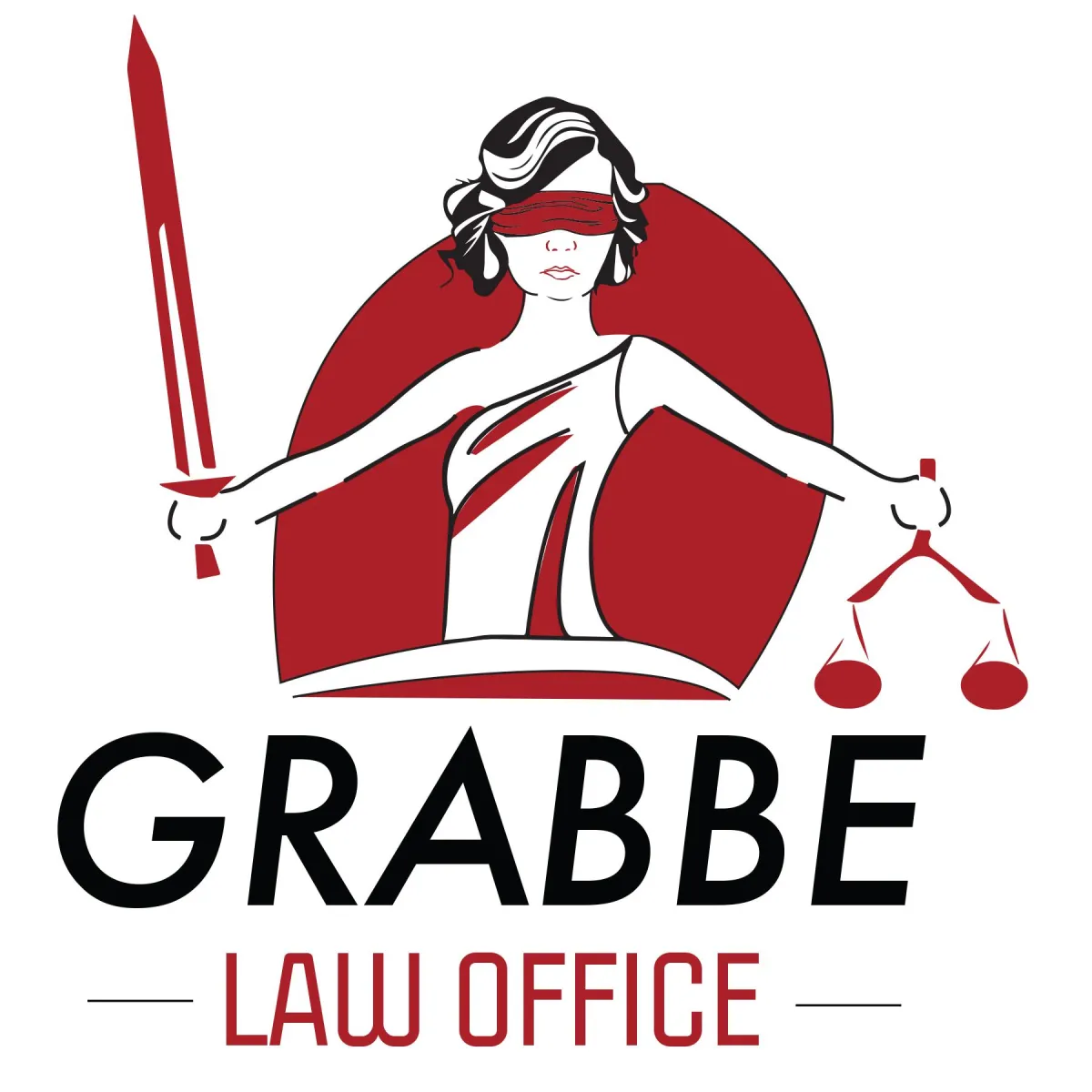Welcome to the Blog!

The Myth Of The 30% Rule In Copyright Law
The Myth Of The 30% Rule In Copyright Law
Internet folklore has perpetuated the myth that there is a 30 percent rule in copyright law. According to the myth, if you alter at least 30 percent of copyrighted work, you are safe from the legal disputes and steep fines that can arise from allegations of copyright infringement. The truth is that using any amount of someone else's creative work puts you at risk of copyright violation. Unfortunately, there is no trick to avoid that except for refraining from using the work of others without permission at all times. Lawmakers developed copyright laws and protections to reward creatives for art and other original works and allow these individuals to profit from the intellectual property they create. Therefore, copying anyone else’s work, intentionally or unintentionally, could mean legal trouble and stiff penalties. Schedule an appointment with a seasoned intellectual property lawyer at Grabbe Law Office to learn more about the 30 percent rule in copyright when you book online or call (785) 621-4711.
What Is Protected by Copyright?
Intellectual property laws and copyright protection are for original creative works, and original authorship is the most significant factor. The protection provided by copyright laws begins when the artist creates the piece in a fixed form, such as a tangible medium of expression, making it stable or permanent. That can mean a book, an article published online, a piece of sheet music, or a digital file. Some of the most common types of creative expressions protected by copyright regulations include the following:
● Literary works, including books, blogs, and newspaper articles
● Dramatic authorship, such as television scripts and screenplays
● Musical pieces, including scores in the form of sheet music and recordings
● Sculptures, pictures, and graphics such as photography, drawings, and digital graphics
● Choreographic works, including dances and performances
● Sound recordings like sound effects, speeches, and other non-music recordings
● Architectural creations, such as building designs
● Motion pictures and other audiovisual works
The nature of creative work can take nearly any form and as long as it is human-created and original. Many copyrights may also apply to one piece of original work, as a recorded song may have separate protections for the music and the lyrics. A qualified intellectual property attorney at Grabbe Law Office can review the laws and answer your questions regarding the 30 percent rule in copyright to help avoid unnecessary legal problems brought on by infringement.
How Is Copyright Infringement Determined?
Copyright infringement occurs when someone other than the copyright holder makes unauthorized use of any copyrighted work. While instances of potential infringement sometimes go unnoticed, copyright violation can result in serious consequences if the copyright holder takes legal action to protect their intellectual property. In general, the copyright holder will have to provide the court with evidence that the new work is substantially similar to their original copyrighted intellectual property.
30 Percent Is Not a Requirement
The two pieces do not need to be identical for the federal court to rule that the accused party is guilty of copyright infringement. As further proof that the 30 percent rule holds no legal basis, the copyright holder is not required to demonstrate that the allegedly infringing work copies more than 30 percent of the original work, nor that more than 30 percent of the allegedly infringing work is copied.
Ignorance Is Not a Defense
Unfortunately, ignorance of the regulations is not a sound legal defense strategy. Even copying a small piece of another person's creative, original work with copyright protection can have many negative consequences.
Best Practices for Avoiding Copyright Infringement
Understanding what copyright laws protect is the most effective way to avoid legal issues for infringement. Some of the best practices to follow to prevent copyright problems include the following:
● While it may sound obvious, the first and most efficient way to prevent copyright infringement is to avoid copying other people's original works.
● When publishing works, including copyrighted material, after receiving permission, document the communications to establish the right to use.
● Remain creative and avoid publishing work based on another person's ideas or creativity.
● Understand fair use laws before posting a creation online or elsewhere.
● When in doubt, it is always best to ask for the original creator's permission.
Consequences of Copyright Infringement
Copyright infringement, regardless of whether an accident or intentional, can cause ongoing problems and adverse consequences for both individuals and businesses. Being found guilty of copyright violation can cause irreversible damage to a person's reputation and mean paying thousands in monetary damages.
Potential Penalties for Copyright Infringement
Copyright infringement penalties can be severe. According to the United States Copyright Office, the federal court could impose three primary forms of damages if they determine guilt in copyright infringement lawsuits.
Actual Damages
Actual damages are the monetary value of losses the copyright owner suffered because of copyright infringement. That could be a loss of profit from sales and revenue or any damages they sustained because of the violation of copyright protection.
Statutory Damages
Statutory damages are the specific monetary amount intellectual property infringement laws allow. For cases of infringement lacking evidence of willful intent or innocence, the fines could be from $750 to $30,000 per case of infringement. A person guilty of innocent infringement could pay as little as $200, while an intentional violation of the party's rights could mean paying up to $150,000.
Attorneys’ Fees and Legal Costs
According to the American Bar Association, the court has the discretion to award attorneys’ fees and legal costs in copyright infringement cases. However, there is no standard requirement for awarding the damages to cover court costs and attorney fees to the prevailing party.
Schedule a Consultation With an Experienced Intellectual Property Attorney Today
Copyright laws protect creators, including artists, and authors, of original material from unauthorized duplication or use of their creations. The only way to reproduce the work of another safely without the possibility of infringement is to get permission from the original creator. While the myth of a 30 percent rule for assessing copyright infringements has unfortunately been widely disseminated, the concept is without legal basis or factual backing. Belief in this mythical rule will not protect anyone using original work without permission from paying the hefty price that comes with infringement lawsuits. For questions and to learn more about the 30 percent rule in copyright and how to avoid infringement, call an experienced attorney at Grabbe Law Office by calling (785) 621-4711 or set up a free 15-minute consultation online.








